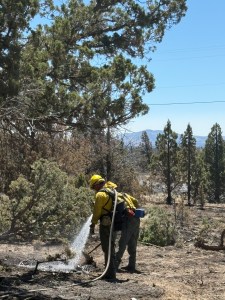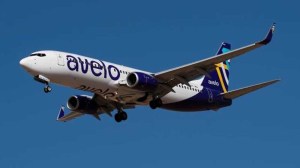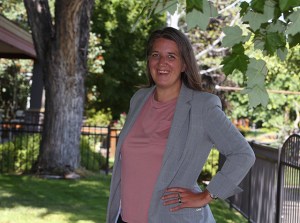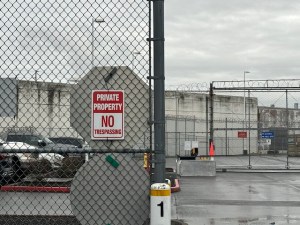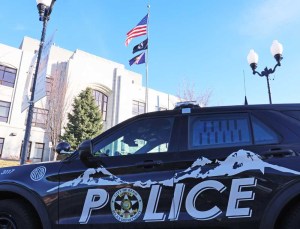Oregon
AG Rayfield let campaign donors lead Oregon’s crypto case. The company he’s suing wants answers
The state’s Department of Justice calls a suit alleging Gov. Tina Kotek improperly withheld records relating to the…





